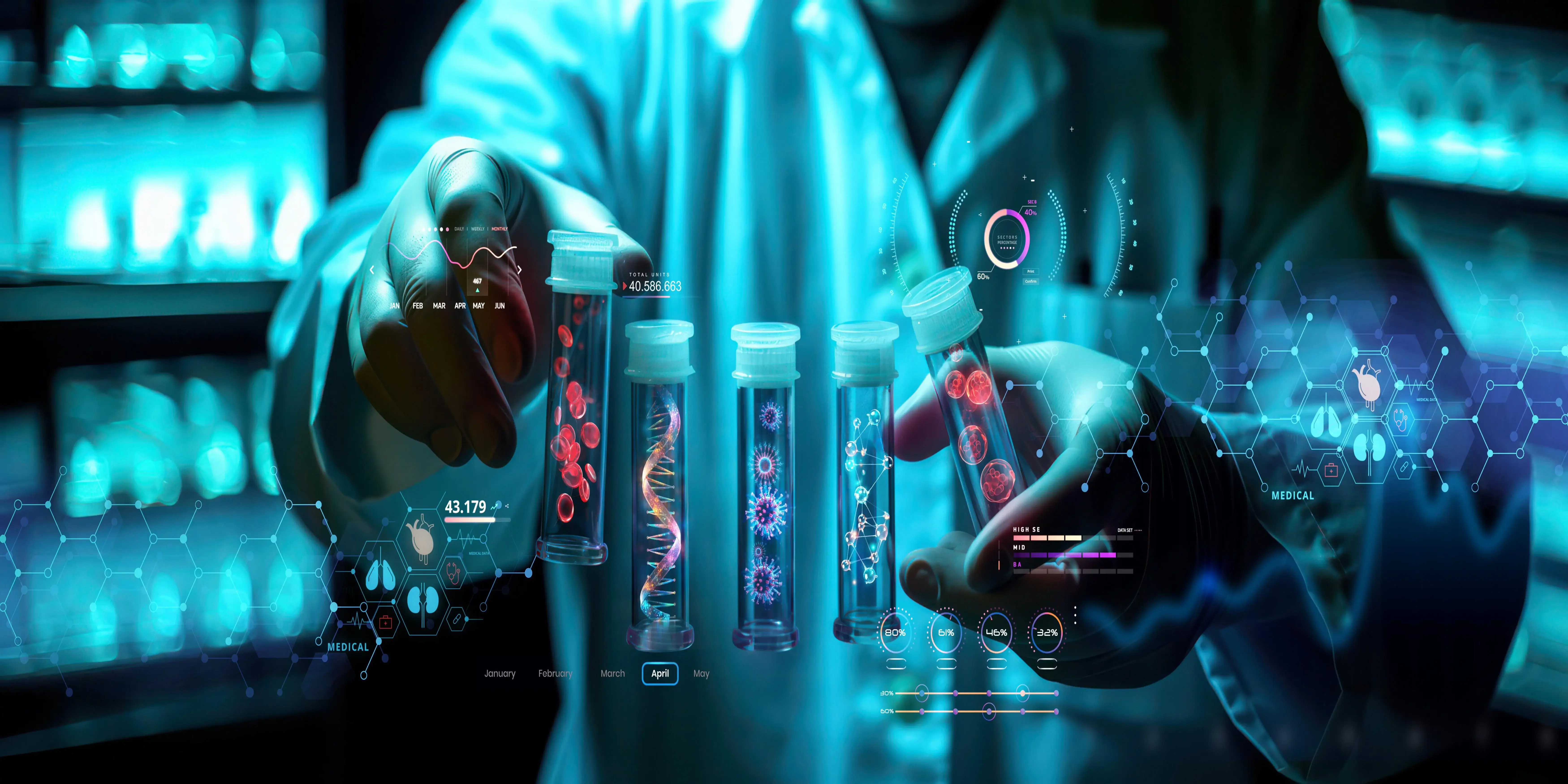The preclinical stage is the most essential research stage because it bridges the laboratory studies with clinical trials. It is a stage of fundamental examination and validation of new therapies prior to their being allowed to encounter the human subjects. This is quite interesting because the blog posting reads quite a lot of information regarding the preclinical research in which it reveals data in the context of its methodology, importance of the field, and also challenges in such studies. Clearly would be understood that the subtlety in preclinical studies has given insights into some level of drug development. To add importance to it, it would relate to the protection of human life and promotion in medical science.
What is Pre-Clinical Research
Definition and Overview
Pre-clinical research is the phase that follows actual clinical trials in the drug development process. It conducts numerous laboratory studies involving animals to determine the pharmacokinetics, pharmacodynamics, safety, and efficacy of the therapeutic agent under consideration. This study section encompasses an investigation into many biological, chemical, and pharmacological factors that will influence the performance of a drug in humans. This is essential research for determining if the candidate drug is ready to be tested on humans. This ensures that only the best candidates can proceed to further development and possibly be tested on humans later.
Pre-clinical Research Stages
The different stages involved in the pre-clinical phase are usually discovery and development, safety assessments, and regulatory submission. Each step is significant in ensuring that a drug candidate is well-prepared for human trials. In this regard, discovery entails the identification of potential drug targets and leads, whereas development involves optimization of drug formulations, preliminary efficacy tests, and so on. Safety assessments involve thorough toxicology studies to evaluate not only risks but also adverse effects attributed to the drug. Final documents are prepared for regulatory submission, which enhances compliance with guideline requirements.
Preclinical Evaluation of Drug Candidates
It evaluates potential drug candidates in terms of their mechanisms of action, optimal dosages, and side effects of the drug, providing a foundation for any subsequent clinical trials. The knowledge of the factors makes it easier for researchers to anticipate how this drug would work in the human system, thereby providing a basis for designing clinical trial protocols. In this phase, also, studies are also conducted on the stability and compatibility of drugs with other substances, which is very crucial for formulation development.
Significance of Pre-Clinical Research
Safety and Efficacy
Preclinical studies help in identifying potential toxicity concerns before the drugs enter a human study environment. Thus, scientists can minimize the risks associated with the side effects of drugs and confirm the effectiveness of the treatment by proper evaluation. The toxins can be identified at an early stage, and there can be an alteration in the design of the drug or dosing schedule to maximize patient safety. Also, these studies help identify windows that limit the therapeutic windows of drugs. This is highly required to maximize drugs' efficacy with minimum unwanted toxic effects.
Cost Efficiency
With failure probabilities in subsequent clinical phases, such a huge fortune can be saved for the pharmaceutical company on preclinical research. Thorough evaluation during the preclinical stage will improve more informed decisions that distinguish which candidates can progress. It helps in identifying the unpromising candidates on time so that the companies do not end up wasting much, as a minimum number of drugs having chances to succeed are progressed in humans.
Regulatory Compliance
Regulatory agencies such as the FDA require a substantial pre-clinical data set before approving clinical trials. This, in turn, ensures only well-researched candidates can progress to human testing, which is then carried out according to established safety standards. It is designed this way for the very reason of protecting human subjects by ensuring all potential risks have first been evaluated. The results of pre-clinical research form the backbone of the IND application. These results must be approved by regulatory bodies before a drug can be used in clinical trials.
Methodologies in Pre-Clinical Research
In vitro studies
In vitro studies utilize the drug candidates in controlled conditions, such as a petri dish or test tubes. The importance of these studies to researchers is that they help in trying to understand how the drugs interact with cells and tissues at molecular levels. In vitro models are used to screen cytotoxicity, drug absorption and metabolism, and the effects of drugs on cellular signaling pathways. Such models can, therefore, screen large numbers of compounds and come up with promising candidates for further analysis.
In Vivo Studies
A candidate for drugs is tested on living organisms, usually an animal model. In vivo, studies are very important in the verification of the pharmacokinetics, pharmacodynamics, and the safety profile of a drug before it is administered to human beings. The behavior of a drug in a whole organism gives clues about its absorption, distribution, metabolism, and excretion. In vivo models can add valuable information about the effectiveness of the drug in the biological context to a more comprehensive evaluation of therapeutic potential.
Toxicology Testing
In toxicology testing, the possibility of harmful effects exerted by a drug is investigated through preclinical research. This covers the establishment of a dose-response relationship and the search for possible organ toxicity. There are many different types of toxicology studies. These include acute, subchronic, and chronic toxicity tests, which demonstrate the general effect of a drug over time. These help in establishing particular risks, guide the selection of the appropriate dose for the patient, and make it easy to monitor safety features in clinical trials. Lastly, this saves a human subject from potential adverse effects that are still unstated.
Conclusion
Pre-clinical research is critical in drug development, as it filters and only sends the most promising candidates to the stage of clinical trials. Researchers enrich medical science by rigorous testing of safety and efficacy using multiple methodologies. Not that the work is easy, but the importance of the pre-clinical studies cannot be over-protected by human subjects while opening up the way for the next generation of therapies that can transform patient care. This new wave of preclinical research methodologies promises bright, efficient futures in drug development for the days ahead. Moving forward, that critical aspect is all about fostering collaboration among academia, industry, and regulatory bodies in overcoming challenges and expanding the frontiers of medical science.



